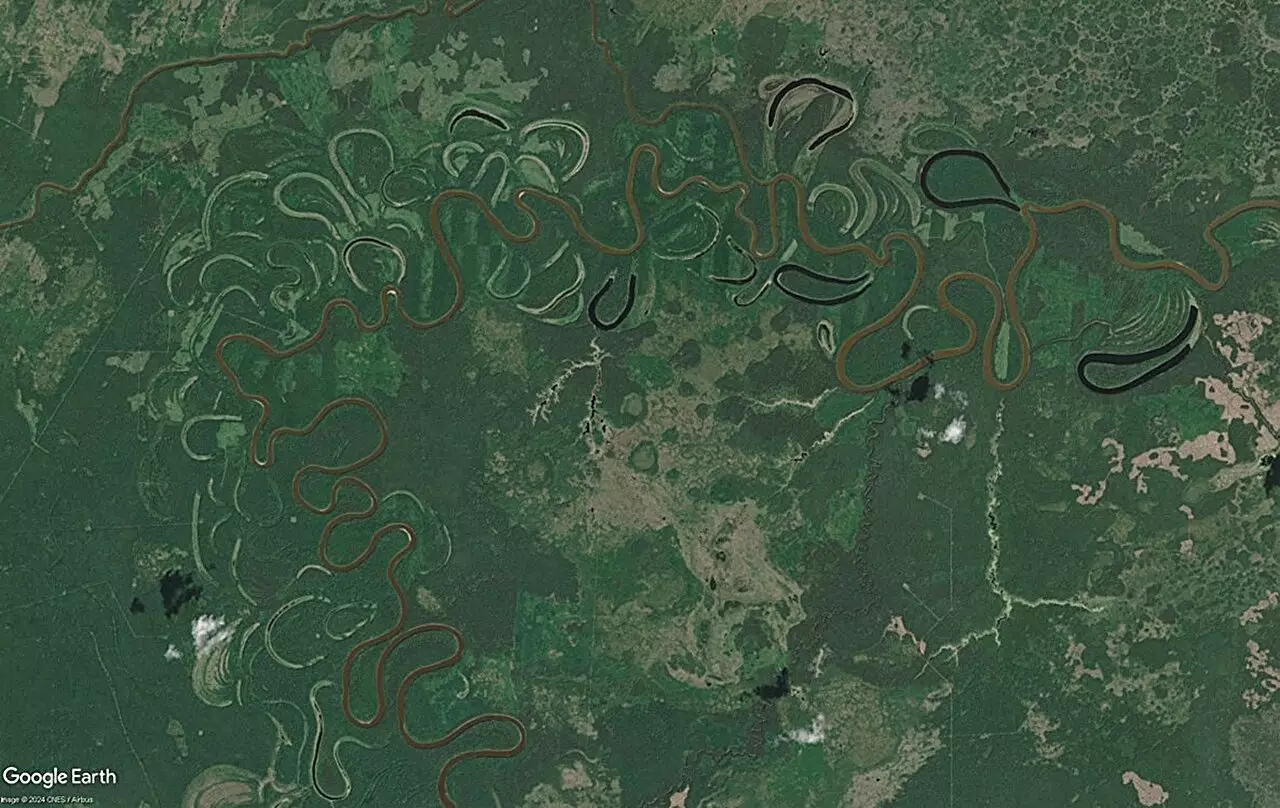Rivers have long been the subject of study, typically through traditional means that invoke plant forms, sedimentary deposits, and various geological assessments. However, the groundbreaking work of Riccardo Maitan, a Ph.D. candidate at the University of Padova, is redefining how we characterize these vital waterways. Maitan’s research emphasizes morphodynamics and hydrological behavior, offering a revolutionary perspective that prioritizes the flow and dynamics of water over the classic emphasis on static characteristics. Adopting a more holistic approach, Maitan’s study stretches back 15 years, utilizing extensive datasets from the United States Geological Survey (USGS) alongside Google Earth’s visual evolution of rivers over time.
Rather than merely observing physical traits, this fresh framework enables scientists to delve deep into the functional aspects that define river systems. Maitan’s innovative approach seeks to uncover the signature of peak discharge variability—a critical hydrological measurement—particularly in meandering rivers, thereby presenting a more nuanced understanding of their behavior over time.
Analyzing Cutoff Regimes
At the heart of Maitan’s inquiry lies the concept of bend cutoffs on alluvial plains. These geological occurrences play a pivotal role in shaping a river’s sinuosity and lateral movement, and they greatly influence the sedimentary structures around them. The study identifies two prominent types of cutoffs: neck cutoffs and chute cutoffs, each associated with distinct hydrological patterns. For example, the Purus River, as an affluent of the Amazon River, showcases the neck cutoff phenomenon, which emerges as a natural evolutionary stage in meandering rivers. Conversely, the Powder River in Montana exemplifies the chute cutoff, formed by the river carving a new channel and abruptly terminating the meander’s life cycle.
Crucially, Maitan’s investigations into what determines a river’s cutoff regime bring climate and vegetation cover into the conversation. His findings indicate that the variability of overbank discharges—essentially, how frequently and intensely rivers overflow their banks during storms—is the main driver behind the river’s morphological destiny. In rivers where overbank discharge variations are minimal, neck cutoffs tend to dominate. In contrast, rivers that frequently experience dramatic, brief flooding typically exhibit chute cutoffs.
Floodplains as Historical Records
The implications of these findings extend beyond contemporary hydrology; they suggest that oxbow trace analysis could serve as a key to unlocking the historical and paleohydrological narratives embedded in various river systems. Rivers are not static entities; they evolve, and the contours of their floodplains possess significant geomorphological history. By investigating the traces left behind by past river behaviors, scientists can reconstruct ancient hydrological regimes and offer insight into how rivers have shifted due to natural and anthropogenic influences alike.
Maitan’s research adds an additional layer of urgency to our understanding of human impact on river systems. The common practice of damming rivers to mitigate flooding is examined through this lens; if managing hydrological variability isn’t approached judiciously, there exists a risk of transitioning a river from its naturally sinuous state to a more rigid, plodding channel, marked by increased occurrence of bend cutoffs.
Environmental and Climatic Consequences
The environmental ramifications of altering a river’s natural cutoff regime are profound. Maitan’s findings suggest that modifying the naturally chaotic, vibrant patterns of riverflow not only upends local ecosystems but could also have cascading effects on sediment residence times and, even more critically, carbon flux within the alluvial plains. This concept links the health of river systems to broader climatic dynamics, intricately woven into our ongoing battle with climate change.
Rivers function as ecosystems in their own right, providing habitats and resources vital to countless species. Disrupting their natural patterns may have unintended, far-reaching consequences. Therefore, as Maitan’s research unfolds, it underscores the necessity for environmental policies and practices that embrace this newly discovered knowledge of river morphodynamic behavior and hydrological variability, advocating for a more integrated approach to river management that prioritizes sustainability and resilience.


Leave a Reply